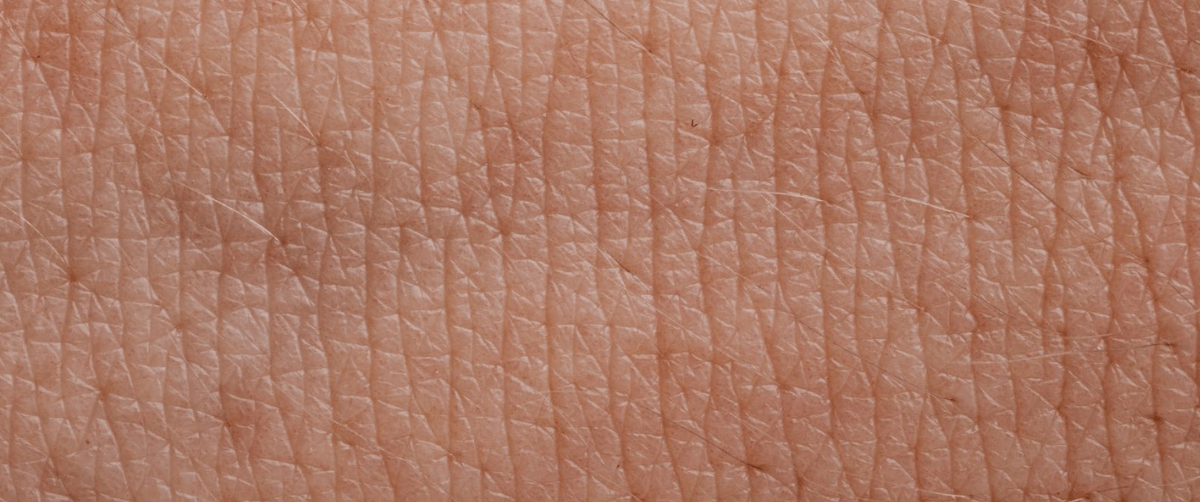New research has created a new electronic artificial skin that can react to pain in the same way that real skin can. This could be a huge development for improving prosthetics, using alternatives to skin grafts, and for building smarter robots.
This new prototype has been developed by a team of scientists and engineers at RMIT University in Melbourne, Australia. It is essentially a human skin alternative that can copy the way that human skin reacts to and senses pain. It gives an immediate response (or as immediate as humans feel things) to pain and other sensations, and sends this data at the same speed that nerves send pain signals to the human brain. This has been touted as a huge step towards the next generation of intelligent robotics and biomedical technology.
While it may not be so obvious, our skin is the body's largest sensory organ, equipped to send signals of pain at blistering speed when called upon. It is quite a complex organ that is constantly sensing or feeling, but only fires out a pain signal when we touch something too hot, cold, or something very sharp.
New Technology Gives Way to New Electronic "Skin" Device
Advances in technology have given scientists the ability to realistically duplicate the way that human skin reacts to pain, using electronic signals and sensors. The artificial skin will react when it feels heat or cold extreme enough to cause pain, or pressure sharp enough or heavy enough to also cause pain. This is a big step in the right direction where the creation and improvement of complex feedback systems are concerned. In turn, intelligent robotics and smart prosthetics will also be advanced.
More Prototypes?
Not stopping at just the artificial skin that can sense pain, the team at RMIT have also created devices that use stretchable electronics, that will give feedback when it senses changes in pressure or temperature. Three prototypes in total were developed, each having some important features of a skin's overall sensing functionality. All of these options will need further development to bring them to their respective markets, however their importance cannot be underestimated. The stretchable skin can potentially be used in the future as an alternative to skin grafts in burn patients or otherwise, where traditional methods may not be suitable and a non-invasive approach could work. Improvements in the integration of such technology will be the biggest hurdle to overcome for the scientists, as the main components of the skin, like stretchability and being compatible with biological systems, have already been taken care of.

Prosthetics could be getting smarter with the introduction of electronic skin that can feel pain. Source: Pixabay
How is Electronic Skin Made?
As the provisional patent for this device states, there are three fundamental technologies being utilized for the development of the electronic skin. These are:
- Brain imitating memory -- memory cells powered by electricity can copy the way that a human brain recalls using long-term memory, and stores information previously recorded
- Stretchable electronics -- biocompatible silicon and oxide materials are combined to create unbreakable, wearable, and transparent electronics that could be as thin as paper
- Temperature reactive coatings -- coatings that self-modify, which are up to 1,000 times thinner than one human hair, and transform based on changes in heat
Long-term memory cells and stretchable electronics are combined to develop a pressure sensor prototype, memory and temperature reactive coatings make up the heat sensor, and all three main technologies are combined together to make the pain sensor. The memory cells that are within all of the prototypes are the component that makes it possible for them to trigger a response when pain, heat, or pressure reaches a certain level.
These sensors can be referred to as the very first electronic somatosensors, which duplicate a human body's extremely complicated system containing neural pathways, receptors, and neurons to make up what we know as our sensory stimuli. There have been some existing attempts and technologies developed to imitate various levels of pain, this new device can react in real-time to pain and temperature, mechanical pressure, and generate the correct response. It knows the difference between being stabbed with a knife, and being gently touched with a safety pin, which for obvious reasons is an extremely important quality for a skin to have.
So what do you think of this new electronic skin? Do you think it will ever reach the point where it can be used on humans for medical reasons? Or will it be used to make robots more human-like? We would love to hear your thoughts in the comments below!

